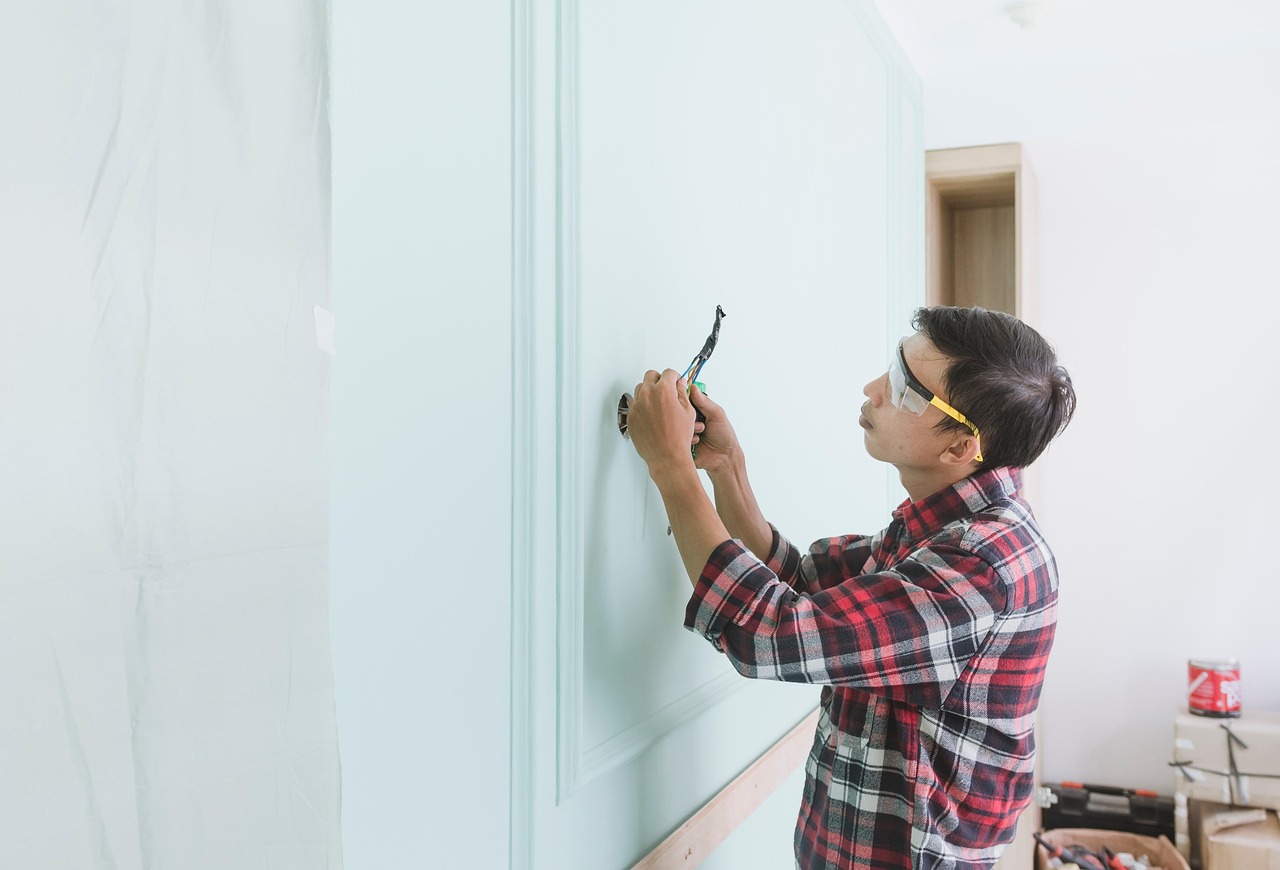Every home has its quirks – those little annoyances that seem minor but can drive you crazy over time. From the midnight squeaky floorboard that wakes the baby to the stubborn door that refuses to close properly, these common household repairs often linger on our to-do lists. The good news is that many of these DIY home annoyances can be fixed with simple tools and techniques that don’t require professional help. This article walks you through practical solutions for the most frustrating household issues, helping you restore peace and functionality to your living space.
Why Floors Squeak and How to Fix Them
That telltale creak when you step on certain floorboards isn’t just annoying—it’s your home telling you something. Squeaky floors typically occur when wood flooring loosens from the subfloor beneath, creating friction between components as weight is applied. To fix squeaky floors DIY style, first identify exactly where the noise originates. Walk slowly across the problem area and have someone listen from below if possible to pinpoint the exact location.
For squeaks in carpeted areas, a simple solution involves driving special breakaway screws through the carpet directly into the subfloor. These screws are designed to snap off below the carpet surface after installation, making them invisible once installed. For hardwood floors, try sprinkling talcum powder between the offending boards to reduce friction. In more persistent cases, specialized products like “Squeeeeek No More” provide an effective solution by securing the flooring to the joist below.
For older homes with access to the space beneath the squeaky floor, ask a helper to walk on the squeaky spot while you observe from below. Once located, you can install a small wood block between the joist and the subfloor, effectively eliminating the movement that causes the squeak. This approach requires minimal tools but delivers lasting results for this common household repair.
Conquering Sticky Doors That Won’t Close Properly
Few things frustrate homeowners more than doors that stick, slam, or refuse to latch correctly. To repair a sticky door, you first need to determine what’s causing the problem. Common culprits include humidity causing the wood to swell, settled foundations shifting the frame, or accumulated layers of paint creating friction.
Start by checking if the door rubs against the frame. Mark the problem areas with chalk on the door edge, then remove it by tapping out the hinge pins. Carefully sand down the marked areas, working gradually to avoid removing too much material. For doors that won’t latch properly, examine the strike plate and ensure it aligns with the latch. You may need to loosen the screws, adjust its position slightly, and retighten.
Sometimes the issue lies with the hinges themselves. Over time, screws can loosen, causing the door to sag and create alignment problems. Tightening these screws often solves the problem instantly. For more significant sagging issues, try replacing one of the short screws in each hinge with a longer one that reaches into the wall stud, providing additional support and stability to address this common DIY home annoyance.
Handling Loose and Misaligned Cabinet Hardware
Kitchen and bathroom cabinets endure daily use, so it’s no surprise when hinges loosen or doors become misaligned. To adjust cabinet hinges that have caused doors to hang unevenly, locate the adjustment screws on the hinge itself. Modern cabinet hinges typically have screws that control up-down, left-right, and in-out positioning. By making small, incremental adjustments to these screws, you can realign cabinet doors for proper closing and appearance.
For loose handles or knobs, the fix is often as simple as tightening the connecting screws from inside the cabinet. If the screw holes have become stripped or enlarged, try inserting wooden toothpicks with wood glue into the hole before reinserting the screw. This creates a new solid base for the screw to grip. For professionally installed cabinets with persistent issues, you might consider consulting with the experts at AskHomey who can recommend specialized solutions for your specific cabinet type.
When to DIY and When to Call for Help
While many common household repairs can be handled with basic tools and knowledge, it’s important to recognize when a problem might indicate a larger issue. Persistent floor squeaks in multiple areas could signal structural concerns. Doors that have suddenly begun sticking throughout the house might indicate foundation movement. Multiple cabinet failures could suggest water damage or other systemic problems.
As a general rule, attempt DIY solutions for isolated problems first. If the issue recurs despite your best efforts, or if you notice the same problem appearing in multiple locations throughout your home, it might be time to consult with a professional. An experienced handyman can often spot underlying issues that aren’t obvious to homeowners and provide long-term solutions rather than temporary fixes.
Remember that safety should always come first. If a repair involves electrical components, structural elements, or requires specialized tools you’re unfamiliar with, it’s better to seek professional assistance than risk injury or further damage to your home.
For more tips and to connect with reliable home service professionals, follow AskHomey on Facebook and Instagram.



